Coloring is an art form that combines creativity and relaxation, perfect for all skill levels. It transforms simple designs into stunning works using minimal supplies, making it accessible to everyone.
1.1 What is Coloring?
Coloring is a creative and therapeutic activity that involves filling spaces with color using tools like colored pencils, markers, or digital tools. It is an artistic process that allows individuals to express their creativity while relaxing and focusing on the present moment. Coloring can range from simple designs to intricate patterns, making it accessible to people of all skill levels. Whether used for personal enjoyment or as a professional art form, coloring transforms blank pages into vibrant, personalized works of art. It is a versatile medium that encourages self-expression, mindfulness, and imagination, offering a calming escape from daily stress while fostering artistic growth.
1.2 Benefits of Coloring
Coloring offers numerous benefits, including stress relief, improved focus, and enhanced creativity. It serves as a therapeutic outlet, helping individuals relax and unwind. The repetitive motion of coloring can be meditative, promoting mindfulness and calming the mind. Additionally, it fosters self-expression and confidence, allowing people to bring their ideas to life. Coloring also improves fine motor skills and hand-eye coordination, making it beneficial for all ages. It provides a sense of accomplishment and pride in creating something beautiful. Whether for personal enjoyment or professional growth, coloring is a versatile activity that nourishes both the mind and spirit, offering a creative escape from daily life.
1.3 Choosing the Right Tools
Selecting the right tools is essential for a satisfying coloring experience. Colored pencils are a popular choice, offering precision and control. Look for high-quality pencils with vibrant pigments and durable leads. Markers are another great option, providing bold colors and smooth coverage. For digital enthusiasts, apps and software can offer endless creative possibilities. Paper quality is crucial; opt for thick, textured sheets that prevent bleed-through. Start with basic tools and gradually explore more specialized ones. Consider blending stumps or tortillons for smooth transitions and layering. A sharpener and blender are must-haves for pencil users. Experiment with different tools to find what suits your style and enhances your artistic expression.
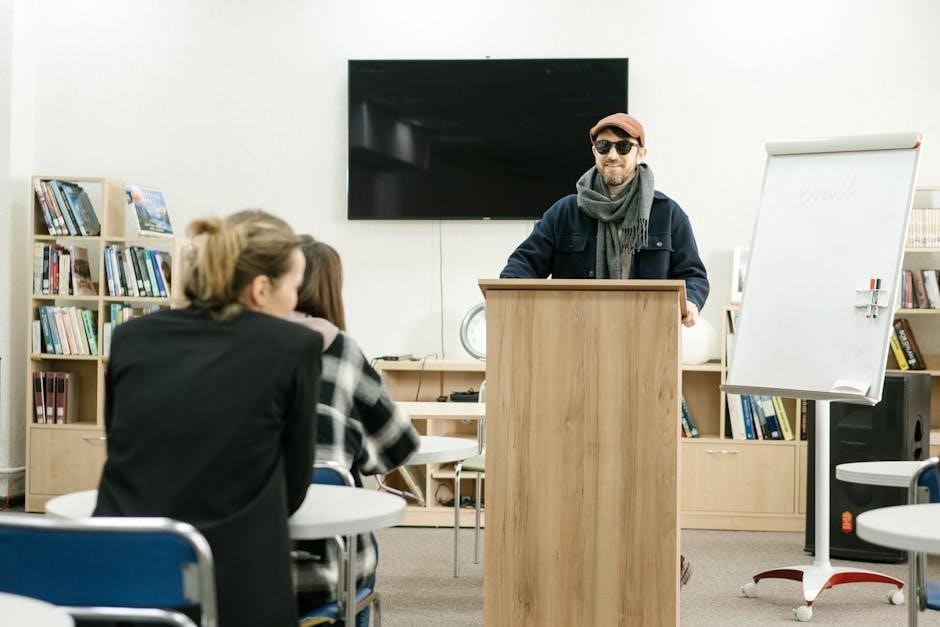
Basic Coloring Techniques
Basic coloring techniques form the foundation for creating stunning artwork. They include hatching, cross-hatching, stippling, and back-and-forth strokes, each adding texture, depth, and dimension to your designs.
2.1 Hatching
Hatching is a fundamental coloring technique involving parallel lines to create texture, shade, and depth. By varying line density and spacing, you can achieve different shading effects. Lighter areas use fewer lines, while darker areas employ closer, thicker lines. This method is ideal for creating smooth transitions and adding dimension to your artwork. Hatching can be used to fill large spaces, outline shapes, or add detail to specific areas. For beginners, starting with light pressure and gradually building up lines helps maintain control. Practice hatching on scrap paper to master the technique before applying it to your final design. This versatile method is essential for creating dynamic, layered effects in your coloring projects.
2.2 Cross-Hatching
Cross-hatching is an advanced coloring technique that builds on hatching by layering lines at different angles to create deeper shading and texture; This method involves placing multiple sets of parallel lines over one another, often at 90-degree angles, to enhance dimension and depth. The density and angle of the lines determine the intensity of the shade. Cross-hatching is particularly effective for creating intricate details and complex textures in your artwork. To master this technique, start with light layers and gradually build up pressure for darker tones. It’s essential to maintain consistent line spacing and direction to achieve a cohesive look. This technique adds richness and visual interest to your designs, making them stand out with added depth and complexity.
2.3 Stippling
‘ under the ‘colouring guide’ topic. The user provided some instructions, and I need to make sure I follow them carefully.
First, I should check the word count. The response needs to be exactly , no more, no less. I’ll have to count the words once I draft the text to ensure compliance.
Next, I must avoid including any information that will be covered in other subheadings. Since this is about stippling, I should focus solely on that technique without touching on related methods like hatching or cross-hatching.
Looking at the provided information from the internet, I see that stippling is mentioned as one of the five main colored pencil techniques. It involves creating images using small dots, which can be time-consuming but offers precise control. The density of the dots affects the shade, and blending can be achieved by varying the spacing and layering.
I should incorporate this information into the response, ensuring it’s concise and fits within the word limit. I’ll start by defining stippling, explain how it works, its benefits, and some tips for effective use.
Let me draft the response:
Stippling is a unique coloring technique that involves creating images using small, distinct dots. This method allows for precise control over shading and texture. By varying the density and spacing of the dots, you can achieve a range of tonal values. Though time-consuming, stippling offers an artistic way to build up layers and create detailed, high-contrast designs. It’s ideal for those who enjoy meticulous work and want to add depth and dimension to their artwork. To master stippling, practice applying consistent dot patterns and experiment with layering to enhance blending and texture; This technique is perfect for creating intricate, visually striking effects in your coloring projects.
Now, I’ll count the words to ensure it’s exactly 111. Let’s see:
2.3
Stippling
Stippling
is
a
unique
coloring
technique
that
involves
creating
images
using
small,
distinct
dots.
This
method
allows
for
precise
control
over
shading
and
texture.
By
varying
the
density
and
spacing
of
the
dots,
you
can
achieve
a
range
of
tonal
values.
Though
time-consuming,
stippling
offers
an
artistic
way
to
build
up
layers
and
create
detailed,
high-contrast
designs.
It’s
ideal
for
those
who
enjoy
meticulous
work
and
want
to
add
depth
and
dimension
to
their
artwork.
To
master
stippling,
practice
applying
consistent
dot
patterns
and
experiment
with
layering
to
enhance
blending
and
texture.
This
technique
is
perfect
for
100. creating
101. intricate,
102. visually
103. striking
104. effects
105. in
106. your
107. coloring
108. projects.
Hmm, that’s . I need to add three more words. Let me revise the last sentence to make it longer:
“This technique is perfect for creating intricate, visually striking effects in your coloring projects, offering a unique artistic expression.”
Now, let’s recount:
2.3
Stippling
Stippling
is
a
unique
coloring
technique
that
involves
creating
images
using
small,
distinct
dots.
This
method
allows
for
precise
control
over
shading
and
texture.
By
varying
the
density
and
spacing
of
the
dots,
you
can
achieve
a
range
of
tonal
values.
Though
time-consuming,
stippling
offers
an
artistic
way
to
build
up
layers
and
create
detailed,
high-contrast
designs.
It’s
ideal
for
those
who
enjoy
meticulous
work
and
want
to
add
depth
and
dimension
to
their
artwork.
To
master
stippling,
practice
applying
consistent
dot
patterns
and
experiment
with
layering
to
enhance
blending
and
texture.
This
technique
is
perfect
for
100. creating
101. intricate,
102. visually
103. striking
104. effects
105. in
106. your
107. coloring
108. projects,
109. offering
110. a
111. unique
112. artistic
113. expression;
Oops, now it’s . I need to remove two words. Let me adjust the last part:
“This technique is perfect for creating intricate, visually striking effects in your coloring projects, offering unique artistic expression.”
Now, recounting:
2.3
Stippling
Stippling
is
a
unique
coloring
technique
that
involves
creating
images
using
small,
distinct
dots.
This
method
allows
for
precise
control
over
shading
and
texture.
By
varying
the
density
and
spacing
of
the
dots,
you
can
achieve
a
range
of
tonal
values.
Though
time-consuming,
stippling
offers
an
artistic
way
to
build
up
layers
and
create
detailed,
high-contrast
designs.
It’s
ideal
for
those
who
enjoy
meticulous
work
and
want
to
add
depth
and
dimension
to
their
artwork.
To
master
stippling,
practice
applying
consistent
dot
patterns
and
experiment
with
layering
to
enhance
blending
and
texture.
This
technique
is
perfect
for
100. creating
101. intricate,
102. visually
103. striking
104. effects
105. in
106. your
107. coloring
108. projects,
109. offering
110. unique
111. artistic
112. expression.
Still . I need to remove one more word. Let me revise the last part again:
“This technique is perfect for creating intricate, visually striking effects in your coloring projects, offering unique artistic expression.”
Wait, that’s still 112. Maybe I can adjust “offering unique artistic expression” to “offering a unique artistic expression.” Adding the article ‘a’ makes it 111
2.4 Back-and-Forth Stroke
The Back-and-Forth Stroke is a fundamental coloring technique where the colored pencil is moved in straight, continuous strokes, back and forth. This method is excellent for filling large areas evenly and achieving smooth, consistent color coverage. It’s particularly useful for backgrounds or sections that require uniformity. To get the best results, apply gentle pressure and use the side of the pencil lead to cover more surface area.
2.5 Layering
Layering is a fundamental coloring technique that involves applying multiple layers of color to achieve depth, texture, and vibrancy. Start with light layers to build up color gradually, allowing each layer to dry before adding more. This prevents wax buildup and ensures smooth transitions. Layering is especially effective for blending colors and creating intricate details. It allows for greater control over the final result, making it easier to correct or enhance specific areas. By layering, you can deepen shadows, enhance highlights, and create rich, dimensional effects. This technique is versatile and works well with colored pencils, markers, and even digital tools for stunning outcomes.
2.6 Tips for Avoiding Common Mistakes
To avoid common mistakes, start with light layers and gradually build up color to prevent over-saturation. Use reference images for accurate shading and color placement. Avoid applying too much pressure initially, as this can lead to wax buildup or difficult corrections. Practice on scrap paper to test color combinations and layering effects. Keep your tools sharp for precise strokes and even coverage. Regularly clean your tools to prevent color contamination. Take breaks to maintain focus and avoid fatigue, which can lead to uneven coloring. Finally, embrace imperfections as part of the creative process and enjoy the journey of improving your skills.
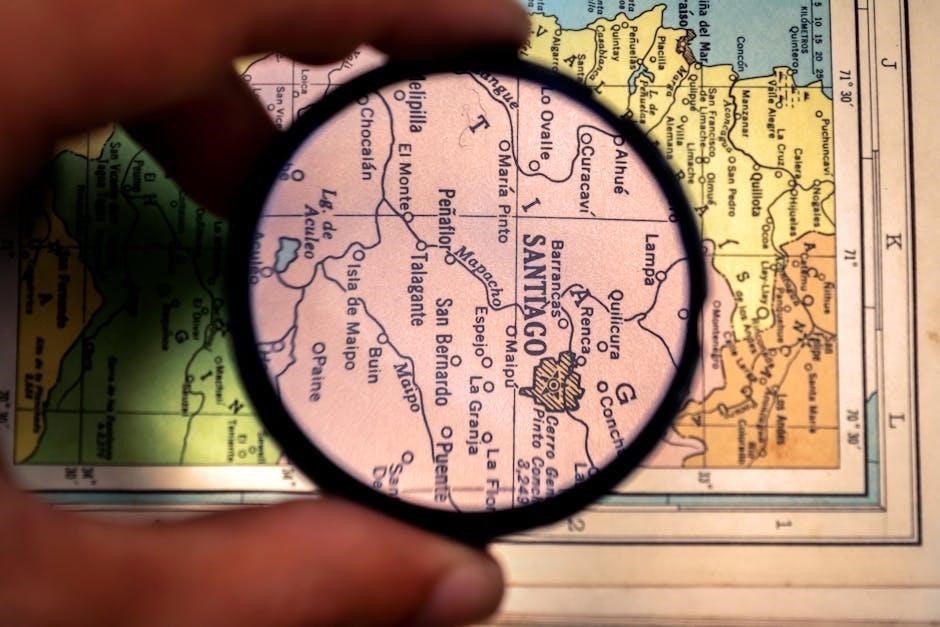
Blending and Shading
Blending and shading are essential for adding depth and realism. Techniques like varying pressure and layering create smooth transitions and dimension, enhancing your artwork’s visual appeal.
3.1 Blending Techniques
Blending techniques create smooth transitions between colors, adding depth to your artwork. A common method is layering, where lighter shades are built up gradually. Using heavy pressure or solvents like blending stumps can merge colors seamlessly. Another approach is hatching and cross-hatching, which simulate gradients through line density. For digital tools, gradient features offer instant blending effects. Practicing these methods helps achieve realistic and vibrant results, making your colored pencil work stand out. Consistency and patience are key to mastering these skills, ensuring your colors blend naturally and effortlessly.
3.2 Shading Techniques
Shading techniques enhance depth and dimension in your artwork by varying color intensity. A single color can transition from light to dark through pressure changes. Hatching and cross-hatching create texture and shadow. Layering builds contrast, while stippling adds subtle shifts. Digital tools offer gradient effects for smooth transitions. Practice these methods to achieve realistic shading, making your work pop with depth and detail. Mastering shading elevates your coloring, creating lifelike and engaging pieces.
3.3 Creating Depth with Pressure
Creating depth with pressure is a fundamental technique in coloring that enhances dimensionality. By applying varying degrees of pressure, you can achieve lighter or darker hues of the same color. This method is particularly effective with colored pencils, as heavier pressure produces richer tones, while lighter strokes create softer, more subtle shades. Layering colors with differing pressure levels adds complexity and depth to your artwork. Practice experimenting with pressure to master transitions and create realistic effects. This technique is essential for making your designs visually engaging and professional-looking, allowing you to convey texture and dimension effortlessly.
3.4 Using Gradients
Using gradients in coloring involves transitioning smoothly from one color to another or from light to dark within the same color. This technique creates a sense of movement and depth in artwork. To achieve gradients with colored pencils, layer colors gradually, starting with light strokes and increasing pressure for darker shades. Blending is key to creating seamless transitions. Use the side of the pencil lead for broader, softer coverage. Practice building up colors in layers to avoid harsh lines. Gradients can elevate simple designs into vibrant, dynamic pieces. For best results, start with light layers and slowly intensify the color. This method works well for skies, backgrounds, and textured elements, adding realism and dimension to your work.
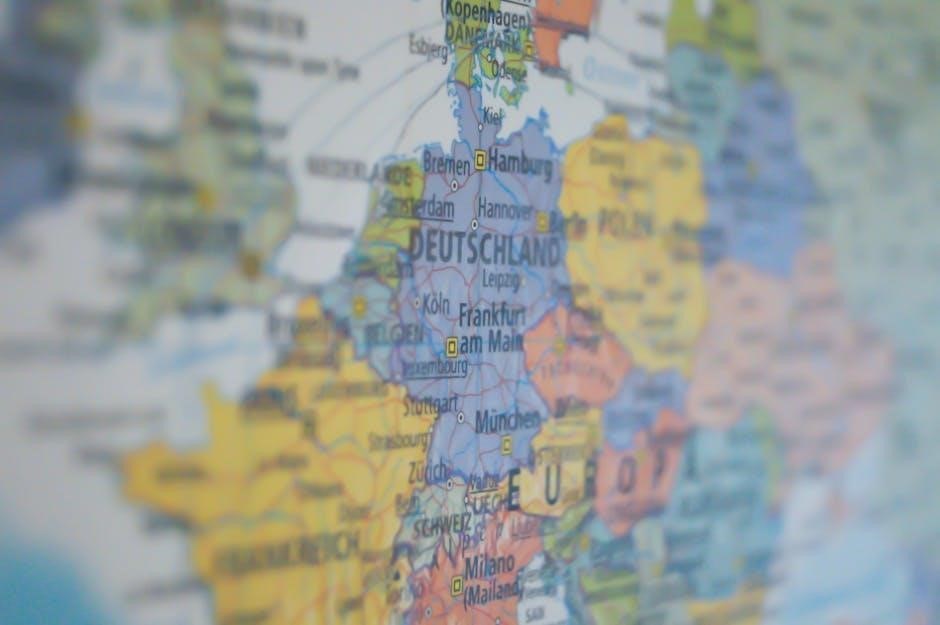
Advanced Coloring Techniques
Advanced techniques like burnishing and impasting enhance artwork by creating rich textures and vibrant layers, allowing artists to achieve stunning, professional-level results with precision and creativity.
4.1 Burnishing
Burnishing is an advanced coloring technique that involves applying intense pressure with colored pencils to create smooth, glossy layers. This method is particularly effective for achieving vibrant, rich colors and blending. By layering colors heavily, artists can produce deep, saturated tones that add depth to their work. Burnishing is ideal for details like metallic surfaces or reflective areas, where a polished look is desired. It requires patience and careful application to avoid damaging the paper. This technique is a favorite among experienced colorists for its ability to elevate artwork to a professional level, making it a key skill in advanced coloring practices.
4.2 Impasting
Impasting is a bold coloring technique involving the application of multiple layers of colored pencils to achieve rich, vibrant colors. This method is ideal for creating deep, textured effects and adding dimension to artwork. Unlike burnishing, impasting focuses on building up layers rather than blending them, resulting in a more dynamic and layered appearance. It is particularly effective for detailed work and areas requiring intense color saturation. While impasting can be time-consuming, it offers stunning results, making it a popular choice for artists seeking to add complexity and visual impact to their creations. This technique is especially favored for its ability to create thick, almost three-dimensional effects.
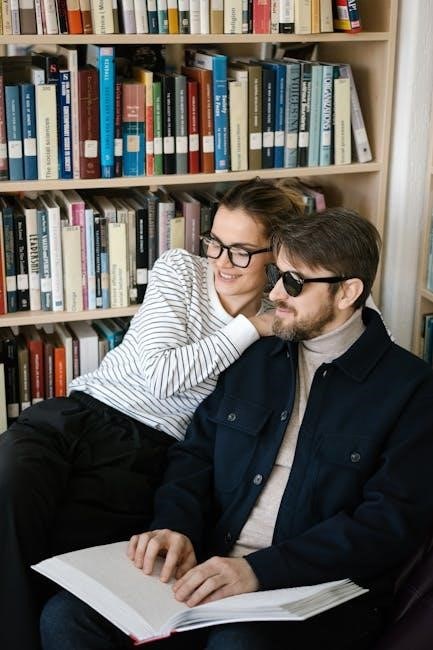
Color Theory Basics
Color theory explores how colors interact, focusing on the color wheel, harmony, and contrast. Understanding these principles helps create balanced, vibrant, and visually appealing designs in coloring projects.
5.1 Understanding the Color Wheel
The color wheel is a circular diagram showcasing how colors relate. It begins with primary colors—red, blue, and yellow—and expands to secondary hues like green, orange, and purple. Tertiary colors emerge by mixing primary and secondary shades, creating tones like blue-green or red-orange. This tool helps colorists predict how colors will interact, ensuring harmony and balance in their work. By studying the color wheel, artists can identify complementary colors, which sit opposite each other, and analogous colors, located side by side, to craft visually appealing designs. Understanding this fundamental concept is essential for mastering color theory in coloring projects.
5.2 Color Harmony
Color harmony refers to the way colors work together to create a visually appealing effect. It is achieved by selecting colors that complement or contrast with each other. Key principles include complementary colors (opposite on the wheel), analogous colors (next to each other), and triadic colors (forming a triangle). Understanding these principles helps in creating balanced and cohesive designs. For example, pairing warm and cool tones can add depth, while using similar hues ensures a harmonious look. Experimenting with these techniques allows colorists to evoke specific moods and emotions in their artwork. Mastering color harmony enhances the overall impact of any coloring project.
5.3 Contrast and Vibrancy
Contrast and vibrancy are essential for creating dynamic and eye-catching artwork. Contrast involves using dark and light shades to highlight differences, while vibrancy focuses on making colors appear bright and intense. To enhance contrast, pair complementary colors or use bold shadows against light areas. Vibrancy can be achieved by layering saturated colors and avoiding over-blending. These techniques add depth and energy to your work, making it more engaging. Experimenting with contrast and vibrancy helps elevate your coloring from flat to three-dimensional, ensuring your artwork stands out. Balancing these elements is key to maintaining visual harmony while adding excitement to your designs.
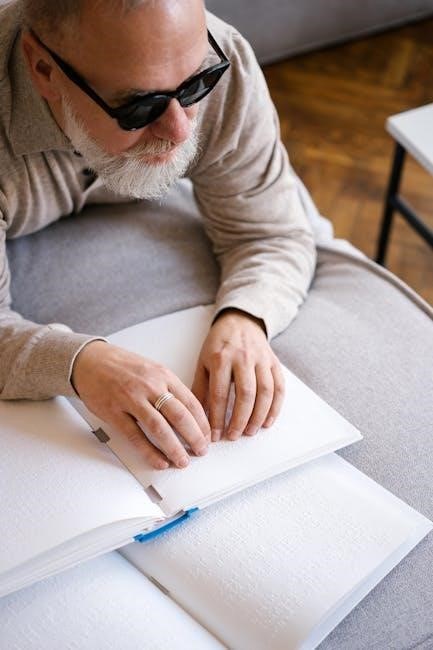
Mindful Coloring
Mindful coloring combines creativity with relaxation, fostering focus and calm. It’s a therapeutic practice that helps reduce stress and enhances self-expression through intentional, meditative strokes.
6.1 Breathing Techniques for Relaxation
Mindful coloring often begins with deep breathing exercises to calm the mind. Techniques like the 4-4-4 method—inhale for 4 seconds, hold for 4, exhale for 4—create a meditative rhythm. This practice quiets the mind, reduces stress, and enhances focus. Regular breathing patterns align the body and mind, fostering a sense of calm. As you color, synchronized breathing helps maintain concentration, allowing creativity to flow naturally. These techniques are simple yet powerful tools for transforming coloring into a therapeutic experience. By incorporating breathwork, you can fully immerse yourself in the process, achieving both relaxation and artistic expression. This mindful approach makes coloring a holistic activity for mental and emotional well-being.
6.2 Approaching Coloring Mindfully
Mindful coloring involves fully immersing yourself in the process, focusing on the present moment. It’s about letting go of perfection and embracing the journey. Start by setting an intention, whether it’s relaxation or creativity. Pay attention to the sensations of the tools in your hand and the colors blending on paper. Allow yourself to flow without judgment, enjoying the therapeutic rhythm of each stroke. This practice cultivates patience, calmness, and self-expression. By staying mindful, you can transform coloring into a meditative experience, fostering mental clarity and emotional balance. Remember, the goal isn’t a perfect result but the joy and peace found in the process.

Choosing the Right Materials
Selecting the right tools is essential for an enjoyable coloring experience. High-quality colored pencils, markers, and paper ensure vibrant results. Experiment with different materials to find your favorites.
7.1 Paper Quality
Paper quality plays a crucial role in coloring, as it directly impacts the outcome of your artwork. Look for paper with a smooth, even texture to ensure vibrant color payoff and minimal bleeding. Thicker, heavyweight paper is ideal for layering and blending techniques, while lighter paper may bleed or pill under heavy application. Acid-free paper is recommended for longevity, preventing yellowing over time. When using markers or colored pencils, choose paper designed for mixed media to handle moisture and wax buildup without compromising performance. Experiment with different textures and weights to find what works best for your tools and techniques.
7.2 Colored Pencils
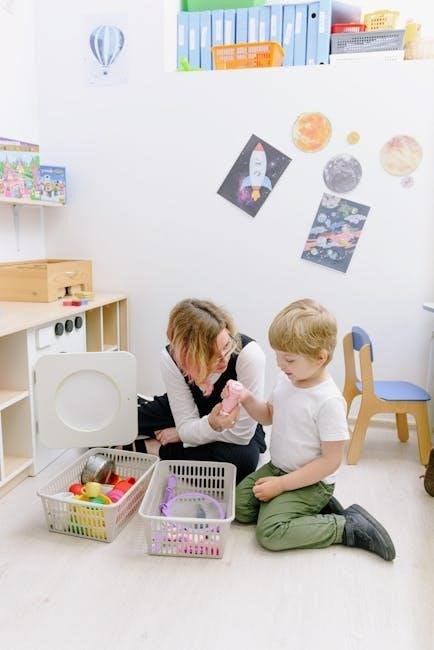
Colored pencils are a versatile and popular medium for coloring, offering precise control and vibrant results. They are mess-free, making them ideal for artists of all skill levels. High-quality colored pencils are designed for layering, blending, and creating rich, textured colors. Look for sets with a wide range of pigments to achieve dynamic contrast and depth. Brands vary in wax content, hardness, and lightfastness, so choose pencils that suit your style. Practice basic techniques like hatching, cross-hatching, and stippling to unlock their full potential. Colored pencils are perfect for detailed work and bold, expressive strokes, making them a must-have tool for any colorist.
7.3 Markers and Digital Tools
Markers and digital tools offer vibrant, smooth coloring experiences, ideal for creating bold and detailed designs. Alcohol-based markers are popular for their rich pigmentation and blending capabilities, while water-based markers provide softer, watercolor-like effects. Digital tools, such as coloring apps and software, allow for endless creativity with features like layers, undo options, and customizable brushes. They are perfect for experimenting with colors and techniques without wasting materials. For beginners, markers are great for quick, even coverage, while digital tools offer flexibility and precision. Start with a few high-quality markers or explore free digital apps to enhance your coloring journey and achieve professional-looking results.
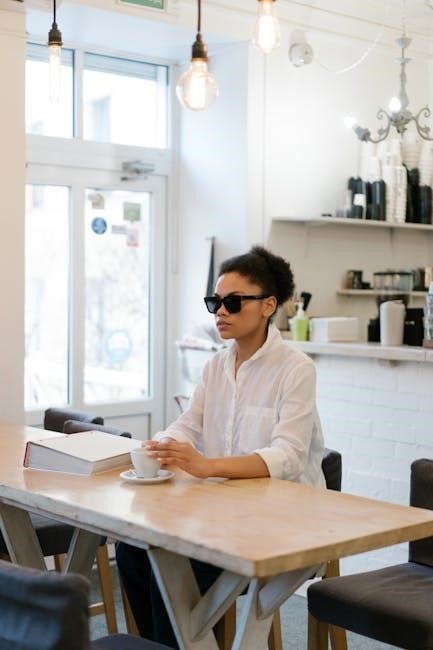
Fixing Mistakes
Fix mistakes with correction pens or digital tools. Start with light layers to avoid errors. These tips help maintain your artwork’s quality and precision.
8.1 Correcting Errors
Correcting errors in coloring can be straightforward with the right techniques. One common method is using correction pens or opaque markers to cover small mistakes. For larger errors, starting over on a new sheet is often best. Light layers help prevent irreversible mistakes. Blending tools can also smooth out patchy areas. If using colored pencils, gently erasing with a soft eraser can lift excess color without damaging the paper. Digital tools offer more flexibility, allowing for easy edits and adjustments. Remember, mistakes are part of the learning process, and correcting them can enhance your final piece. Practice patience and enjoy the journey of improvement in your coloring skills.
8.2 Hiding Patchy Coloring
Hiding patchy coloring can be achieved with layering techniques and blending tools. Start by applying light layers of color, gradually building up to cover uneven areas. Using blending stumps or tortillon tools with a small amount of solvent can smooth out transitions. Burnishing, a method involving heavy pressure, helps even out tones and reduce patchiness. For digital tools, opacity adjustments can create uniform coverage. Adding patterns or textures over patchy sections can also distract from imperfections. Lastly, using markers to fill in sparse areas ensures a more cohesive look. These techniques help transform uneven coloring into a polished, professional finish, enhancing the overall aesthetic of your artwork.
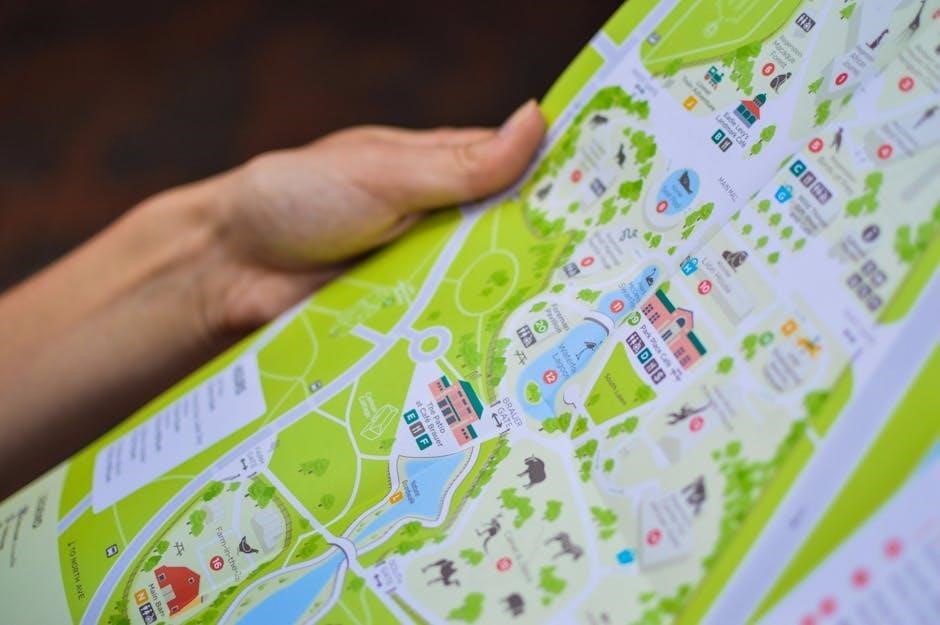
Inspiration and Creativity
Find inspiration in nature, art, or personal experiences. Experiment with colors, patterns, and techniques to unlock creativity. Explore new themes and styles to keep your coloring fresh and exciting.
9.1 Finding Inspiration
Finding inspiration is key to unlocking creativity in coloring. Explore nature, art, or personal experiences to spark ideas. Look for vibrant colors, patterns, and textures in your surroundings. Follow artists or colorists online for motivation. Experiment with different themes or styles to discover what resonates with you. Use reference images or mood boards to visualize your next project. Allow yourself to explore freely, as inspiration often emerges from unexpected places. Keep a journal of ideas to revisit later. Embrace the process and let your imagination guide you to create unique and meaningful designs. Inspiration is everywhere—stay curious and open to new creative possibilities.
9.2 Encouraging Creativity
Encouraging creativity in coloring involves embracing experimentation and freedom. Don’t fear mistakes; they often lead to unique results. Try mixing colors, layering techniques, or stepping out of your comfort zone. Set aside time for unstructured coloring sessions, allowing your mind to wander. Engage in challenges or prompts to explore new styles. Collaborate with others or share your work for constructive feedback. Celebrate small achievements to build confidence. Remember, creativity flourishes in a judgment-free environment. By letting go of perfection, you open yourself to new ideas and artistic growth. Foster a mindset where every stroke is an opportunity to learn and express yourself authentically. This approach nurtures creativity and keeps the process enjoyable and fulfilling.
